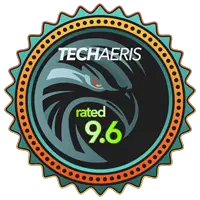
We don’t normally combine smartphone reviews here at Techaeris, but the Moto Z and the Moto Z Play from Motorola are pretty similar with a few differences. Then again, we rarely have different versions of the same phone line in our hands at the same time. We’ve commented recently here at Techaeris about how consumers may be suffering from smartphone burnout. The Moto Z/Moto Z Play and Moto Mods system definitely look like a breath of fresh air in what’s really become an otherwise stagnant field, at least for mainstream smartphone devices.
Our Moto Z/Moto Z Play review will look at the similarities and differences between the two phones, as well as touch lightly on the Moto Mods to see if these smartphones really stand apart in today’s crowded smartphone marketplace. Don’t forget to check out our Incipio offGRID Power Pack, Hasselblad True Zoom, JBL SoundBoost Speaker, and Moto Insta-Share Projector reviews as well to get the lowdown on the four currently available Moto Mods.
Specifications
The Moto Z and Moto Z Play have the following features and specifications:
- Processor:
- Moto Z: Qualcomm® Snapdragon™ 820 processor with 1.8 GHz Quad-core CPU and Adreno 530 GPU
- Moto Z Play: Qualcomm® Snapdragon™ 625 processor with 2 GHz Octa-Core CPU and Adreno 506 GPU
- RAM:
- Moto Z: 4GB LPDDR4
- Moto Z Play: 3GB LPDDR3
- Storage: 32GB (Canadian versions tested, 64GB Moto Z available in the US), microSD Card support (up to 2TB)
- Display:
- Moto Z: 5.5″ AMOLED 1440p QHD (2560×1440) 535 ppi with Corning Gorilla Glass
- Moto Z Play: 5.5″ Super AMOLED 1080p FHD (1920×1080): 403 ppi
- Battery:
- Moto Z: 2600 mAh (up to 30 hours) with TurboPower charging (up to 8 hours of battery in 15 minutes of charging)
- Moto Z Play: 3510 mAh (up to 50 hours) with TurboPower charging (up to 9 hours of battery in 15 minutes of charging)
- Rear Camera: Zero Shutter Lag, Professional Mode, Quick Capture, Best Shot, Burt mode, Auto HDR, Panorama, Drag to focus & exposure, Video Stabilization
- Moto Z: 13 MP, f/1.8, OIS, laser auto-focus, Color Correlated Temperature (CCT) flash with dual LEDs, 1.12um pixel, 8X digital zoom
- Moto Z Play: 16 MP, f2.0, laser auto-focus, colour-balancing dual LED flash, 1.3um pixel size, 8X digital zoom (Motorola specs indicate it’s only 4x but in app it is indeed 8x zoom)
- Front Camera: 5 MP, f/2.2, wide-angle lens, front flash, auto night mode, beautification software, professional mode
- Moto Z: 1.4um
- Moto Z Play: unspecified um
- Video Capture:
- Moto Z: 1080p (60 fps); 4K (30 fps); Video HDR (1080p and 4K)
- Moto Z Play: 720p (120 fps), 1080p (30 fps), 4K (30 fps)
- Bluetooth:
- Moto Z: Bluetooth 4.1 LE
- Moto Z Play: Bluetooth 4.0 LE
- Wi-Fi:
- Moto Z: 802.11 a/b/g/n/ac 2.4 GHz + 5 GHz with MIMO
- Moto Z Play: 802.11 a/b/g/n 2.4 GHz + 5 GHz
- Speakers: front-ported earpiece loudspeaker
- Mics:
- Moto Z: 4
- Moto Z Play: 3
- NFC, A-GPS
- Networks: 4G LTE, UMTS/HSPA+, GSM/EDGE
- Moto Z: 4G LTE (Cat 6)
- Moto Z Play: CDMA
- SIM Card: Nano-SIM
- Sensors: Fingerprint reader, Accelerometer, Ambient Light, Gyroscope, Hall Effect, Magnetometer, Proximity
- Moto Z Play: Audio monitor
- Connectivity:
- Moto Z: USB-C, Moto Mods Connector
- Moto Z Play: USB-C, 3.5mm audio port, Moto Mods Connector
- Water repellent nano-coating
- Google Photos integration with free original file size backup for two years
- Dimensions:
- Moto Z: 153.3mm x 75.3mm x 5.19mm
- Moto Z Play: 156.4mm x 76.4mm x 6.99mm
- Weight:
- Moto Z: 136g
- Moto Z Play: 165g
What’s in the Box
- Moto Z:
- 1x Moto Z
- 1x Charcoal Ash Wood Style Shell
- 1x Plastic bumper (which fits even when Moto Mods are attached)
- 1x 3.5 mm to USB-C headphone port adapter
- 1x TurboPower charger
- Moto Z Play:
- 1x Moto Z Play
- 1x TurboPower charger
Design
From a design standpoint, the Moto Z and the Moto Z Play look similar with a few notable exceptions. For starters, the Moto Z is incredibly thin, and I was impressed with how thin the device actually was when I removed it from the box. The Moto Z Play is not only thicker but is also very slightly taller and wider — not to mention heavier — than the Moto Z. When holding the two devices, I actually preferred the Moto Z Play due to the extra heft, as it felt more like a solid phone. On that note, the Incipio offGRID Power Pack offered enough of a weight difference when attached to the Moto Z, making it feel like a more solid phone.
The front of both phones feature the fingerprint scanner at the bottom, with the front facing speaker, camera, and front facing flash on the top of the screen just above the display. If you line up both phones by the display, the Moto Z has a slightly larger bottom bezel, and the Moto logo sits above the fingerprint scanner. On the Moto Z Play, the top bezel is slightly larger and the Moto logo sits just below the front facing speaker. Interestingly enough, the flash and camera are reversed on either phone.
The sides of both smartphones are made from aircraft-grade aluminum, with the Moto Z’s coated in a darker grey while the Moto Z Play retains the silver aluminum colour. The sides of both phones taper slightly toward the back of the phone. The bottom of each phone is where you’ll find the USB Type-C port, and in addition the Moto Z Play has a 3.5mm audio port as well (the Moto Z does not). One small detail I really liked about both phones is that the USB-C, and in the case of the Moto Z Play the 3.5mm audio jack, are inset into a plastic piece instead of right into the aluminum. I find that this prevents scratching, which most people probably don’t notice anyways, when connecting the phone to the USB-C cable. The right side houses the familiar power and volume up/down buttons, and the top of the phone is where you’ll find the SIM/microSD tray. Like the camera and flash on the front of the phones, the trays are reversed.
The backs of the phones are fairly similar in size, and both are covered with a glass plate. The Moto Z has a black band across the top and the bottom, while both phones feature the iconic Motorola icon in the centre. The rear facing cameras on both phones stick out quite a bit, but when the Moto Style Shell is on the back of either phone, the camera is flush with the outer side of the cover. On the bottom of the back of the phone is something that you won’t see on other phones — a series of 16 pins and a thin gold bar which form the Moto Mods Connector. The back of each Moto Mod has 24 pins in total which line up and connect with the Moto Mods Connector on the back of the Moto Z family of smartphones.
The Moto Mods Connector is what connects the Moto Mods to the Moto Z and Moto Z Play phones. Each Moto Mod has a cutout where the camera hump on the back of the phone is, and it really is as easy as lining up the cutout and connectors on the back of the Moto Mod with the back of the phone and slipping it in place. The Moto Mods are held onto the phones by a magnet, and it’s a pretty strong magnet — you won’t have to worry about your Moto Mod randomly falling off, and they do take a bit of effort to “pry” off the back of the phone.
Overall both phones are nicely designed. The Moto Z does look sleeker and more “premium” at a glance but I prefer the slight extra bulk and weight of the Moto Z Play.
Display
While both phones sport 5.5″ displays, the Moto Z display is an AMOLED QHD (2560×1440) while the Moto Z Play is a Super AMOLED FHD (1920×1080) display. Both phones offer the option for Standard or Vibrant colour modes in the settings, and to be honest I was hard pressed to tell the difference between the two screens when set to the same setting. While the QHD screen on the Moto Z is going to give you a higher ppi setting, both screens looked crisp and clear and not only was text easily readable on the two, but colour representation was great as well. I preferred the Standard colour mode for a more natural look, while the Vibrant colour mode offers a more saturated display option for those that prefer that.
Software/Ecosystem
Aside from the Nexus Android experience, Motorola has always been a close second to my preferred Android “version.” Motorola doesn’t add a lot to their devices on top of stock Android, and what they do add is pretty useful. The Moto Z and Moto Z Play both utilize the Moto Actions, Voice, and Display features. Moto Actions allow you to make a chopping motion to toggle the flashlight, twist to open the camera quickly, flip your phone upside down to silence notifications and calls, pick up to stop it from ringing, and more.
Moto Voice allows you to control your phone hands-free, and also have your phone announce calls and texts out loud. Moto Display is perhaps my favourite Motorola feature and when enabled, it displays notifications without draining your battery on your screen while it’s off.
Being an Android device, you have access to the full range of Android apps from the Google Play Store. Both devices are on Motorola’s list to get the update to Android 7.0 Nougat as well.
Performance
If you read the specification section above, you’ll see that there are some significant differences under the hood. The Moto Z features the new Snapdragon 820 CPU and has 4 GB of RAM, while the Moto Z play is powered by the Snapdragon 625 processor and 3 GB of RAM. Both phones performed very well and the typical programs that I used — Chrome, Google+, Hangouts, a few games, the camera app — all loaded quick and ran fine. I set the phones side by side and performed the same functions at the same time and I was hard pressed to notice which device loaded an app faster. Interestingly enough, it seemed like the Moto Z Play loaded websites slightly faster than the Moto Z did.
Based on normal use, I don’t think you’re really going to be able to notice a difference in performance between the two unless you’re into running and swearing by benchmarks.
Speakers/Sound
Neither version of the Moto Z has a stereo speaker, but music and videos sounded o.k. from the front facing “loudspeaker” (as Motorola refers to it in their specifications). Volume from both was about the same, and at maximum volume the levels were decent and there wasn’t any distortion, but there also wasn’t a very good bass response either. That being said, for most phone audio tasks, the speakers on the Moto Z and the Moto Z Play are more than adequate.
I’ve been using wireless headphones/earbuds/speakers to listen to music from my phone for a couple years now, I did test the sound quality on the Moto Z with a pair of wired headphones and the included 3.5 mm to USB-C headphone port adapter and had no issues with the sound quality at all. The cable isn’t overly long, so you’re not really adding that much cable length to it. The adapter fit snug and you won’t have to worry about it coming loose while enjoying your music over a pair of wired earbuds or headphones.
Of course, if you want better louder sound, you can always slap on the JBL SoundBoost Moto Mod.
Camera
At a glance, you’d think the Moto Z Play had the better camera as the rear facing camera on that is a 16 MP shooter. If you’re a photographer, you know that more megapixels isn’t always better, and if you’ve been following smartphones for awhile you’ll probably have noticed that OEMs are trending back towards a lower megapixel count, and instead focusing on pixel size and other features. While both smartphones use the same camera app, there is a bit of difference in the camera components between the two. The camera app has the usual default photo, video, and panorama modes as well as slow motion. Both phones take advantage of a Professional Mode as well which lets you manually adjust focal distance, white balance, shutter speed, ISO, and exposure.
As it stands, even though the Moto Z only has a 13 MP camera, it also has a smaller pixel size (1.12um versus 1.3um on the Moto Z Play), as well as a smaller f-stop (1.8 vs 2.0). The big feature that makes a difference between photos on these two phones though is the fact that the Moto Z comes with OIS while the Moto Z Play does not. The caveat here being that if you’re planning on picking up the Hasselblad True Zoom with your Moto Z or Moto Z Play, OIS on the actual phone doesn’t matter as much as it will only come into play when taking photos without the Hasselblad Moto Mod.
If you are planning on using the onboard camera a lot, the Moto Z definitely has the leg up between the two cameras. Colours don’t seem as saturated, and the OIS does make a big difference as does the smaller pixel size for crispness when looking at a photo at full size. Both cameras also feature a dual LED flash, although the Moto Z’s is described as being a Color Correlated Temperature flash while the Moto Z Play has a colour-balancing flash. It does make a bit of a difference with the Moto Z coming out slightly ahead with more accurate colours with the flash, but not by much. The Moto Z definitely comes out ahead by quite a bit with regards to the camera between the two devices.
Reception/Call Quality
During test calls, both smartphones offered great reception and call quality. The person on the other end of the call was easy to hear, and they had no problem hearing me.
Battery Life
When I read that the Moto Z only had a 2600 mAh battery, I’ll admit I was a bit worried about battery life. However, Motorola eased those doubts as I was able to consistently get through the day (we’re talking 7 am until midnight) with over 4 hours of screen on time and have between 15 and 22% battery life left. Testing included checking all my daily emails, hangouts, SMS, watching a few YouTube videos, and playing a few games on and off throughout the day, as well as quite a bit of web browsing.
On the other hand, the Moto Z Play is a beast with its 3510 mAh battery. Going through the same day with between 4 – 5 hours of screen on time, I was sitting comfortably with around 50% battery life left on most days, with one day reaching a low of 28%. While 50% sounds fantastic, you’re probably wondering why the 28% was the low end. That was the day I was really testing the Hasselblad True Zoom mod and had it physically on and either sitting idle or taking pictures for just under an hour.
UPDATE (10/28/2016): I did an extreme stress test on the Moto Z Play battery, check it out on my Google+ post below (TL;DR: I managed to get nearly 11.5h screen on time and had 16% battery life during the course of a single day).
Both phones feature Motorola’s TurboPower charging, with the Moto Z getting an additional 8 hours of battery life from a 15-minute charge and the Moto Z Play getting an additional 9 hours of battery life from a 15-minute charge. If all else fails, you can always pick up the Incipio offGrid Power Pack Moto Mod to give you 2200 mAh of extra juice to get you through the last part of the day or weekend.
Price/Value
Price and value are always subjective, and there is a pretty big price difference between the Moto Z and the Moto Z Play. The Moto Z can be had off contract for around $699USD ($900CAD), while the Moto Z Play goes for around $408USD ($650CAD). It really depends on what you’re after. The Moto Z is a sleeker looking phone and does come with OIS in the camera. Battery life is decent, but the Moto Z Play has a much longer and better battery life. During day to day testing and use, I found both phones to perform about the same for everyday tasks that the majority of users use, and I really couldn’t tell the difference between the QHD screen of the Moto Z and the FHD screen of the Moto Z Play.
In my opinion, I do feel that the Moto Z Play is the better bang for your buck, especially if you plan on picking up the Hasselblad Moto Mod — but you can’t really go wrong with the Moto Z either.
Moto Z Photo Gallery
Moto Z Play Photo Gallery
Wrap-up
If you’re looking for a smartphone that’s versatile, has decent battery life, and has options to “mod” your phone, the Moto Z and Moto Z Play are definitely a pair of smartphones which shine in a field that has become relatively stagnant over the past couple years. I REALLY hope that the Moto Mods system takes off and sticks around for a few years because I can really see the potential for such a system.
The Moto Z and Moto Z Play smartphones are great phones, and as such deserve a Top Pick of 2016 award based on performance, build quality, battery life, and of course the Moto Mods system. If you’re not interested in Moto Mods at all, both phones are still fantastic choices if you’re looking to replace your current device.
While the current slate of Moto Mods isn’t perfect, they are definitely a great start to something fantastic, new, and fresh when it comes to smartphones. In fact, every single person I showed the Moto Mods to were blown away, especially by the JBL SoundBoost and Hasselblad True Zoom Moto Mods. I honestly hope the system catches on and can’t wait to see what Moto Mods are coming down the pipe. One big feature I’d like to see come to Moto Mods is stackability, much like the Acer Revo Build computer I reviewed earlier this year. Sure it will make the phone thicker with each mod you stack, but it’d be great if you could stack a battery or hard drive storage mod with the camera mod. When you really think about it, the sky’s the limit for the type of mods that can be added to the Moto Mod program.
While there have been some innovations with smartphones, most of them have floundered to the wayside or been more tech oriented like Project Ara. The Moto Mod system is easy enough for the average consumer to understand and use, and if it gains the traction it deserves, it could mark an exciting new direction for smartphone users. I love my Nexus 6P, but after using the Moto Z and Moto Mods for the past few weeks, I wish I hadn’t upgraded in the spring. I can honestly say this is the first time in a couple years that I’ve been truly excited about a smartphone, and I REALLY hope that the Moto Mods system sticks around for a few years to come.
[button link=”http://amzn.to/2e5iR9X” icon=”fa-shopping-cart” side=”left” target=”blank” color=”285b5e” textcolor=”ffffff”]Purchase Moto Z from Amazon[/button][button link=”http://amzn.to/2e0Xwzt” icon=”fa-shopping-cart” side=”left” target=”blank” color=”285b5e” textcolor=”ffffff”]Purchase Moto Z Playfrom Amazon[/button]*We were sent demo units of the Moto Z and Moto Z Play for the purposes of this review.
Last Updated on February 21, 2020.

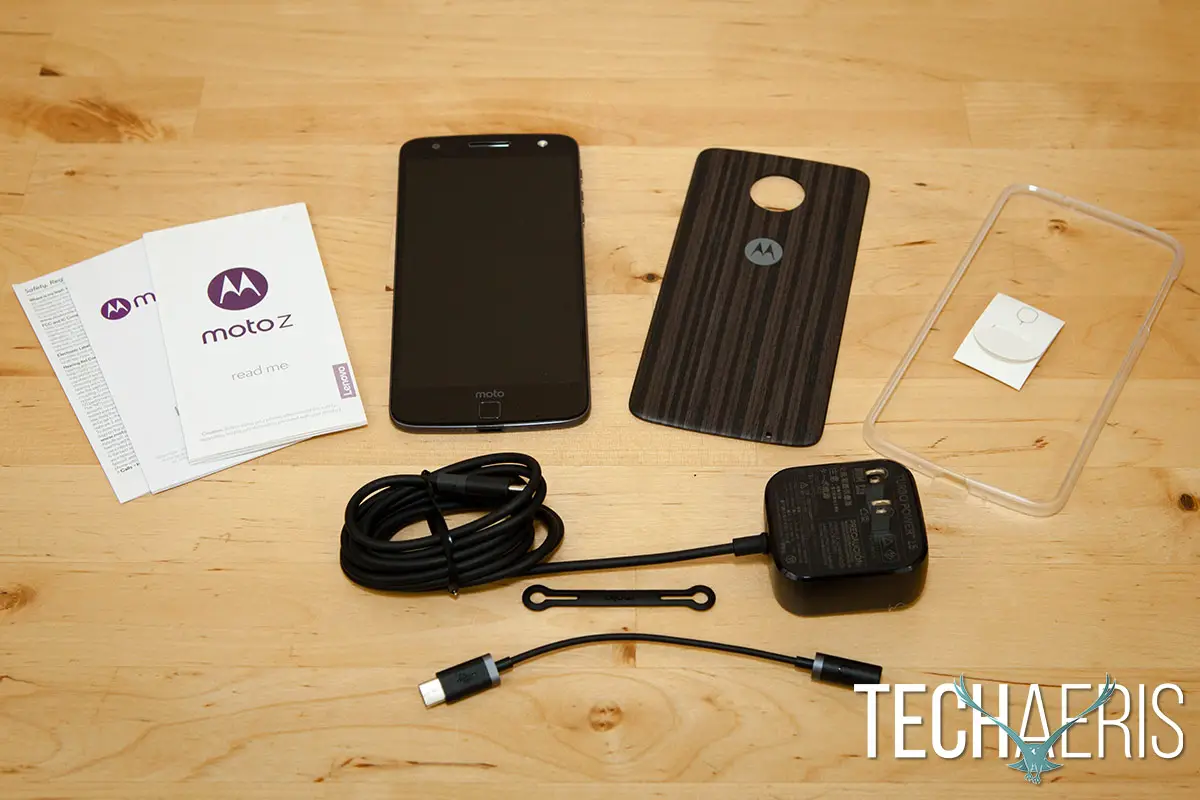
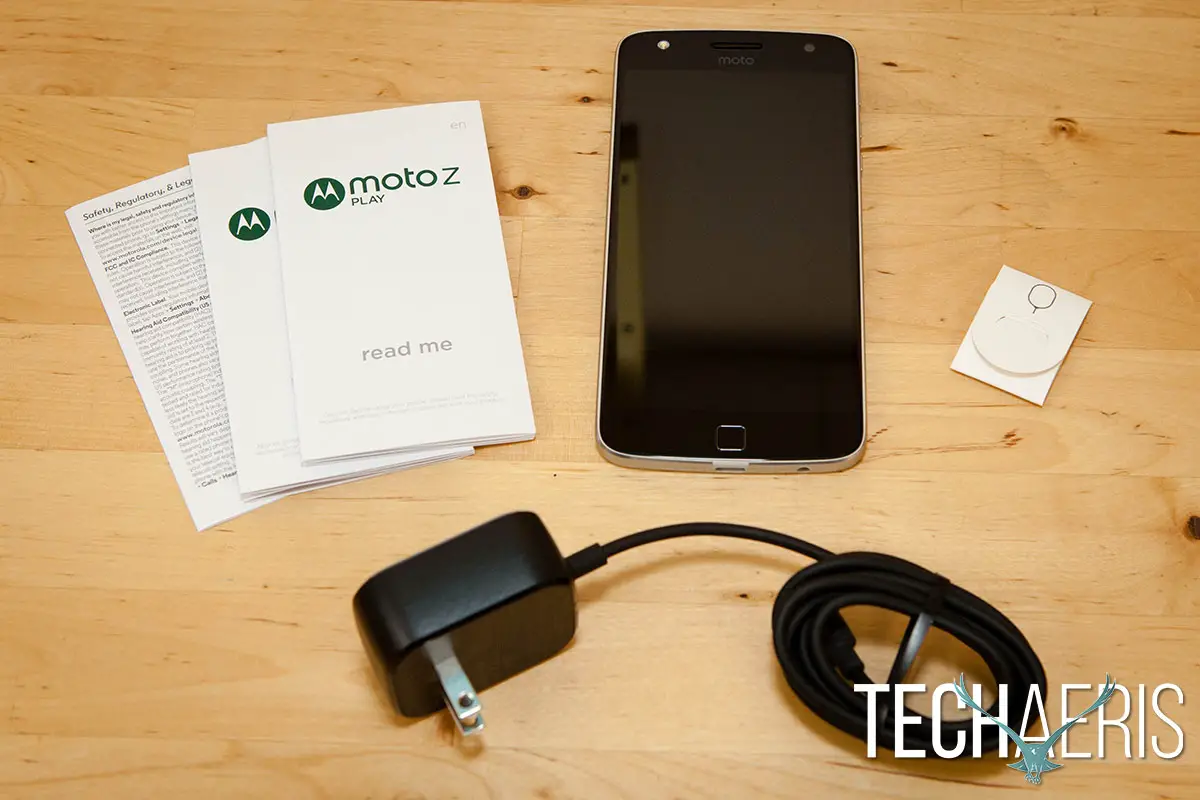
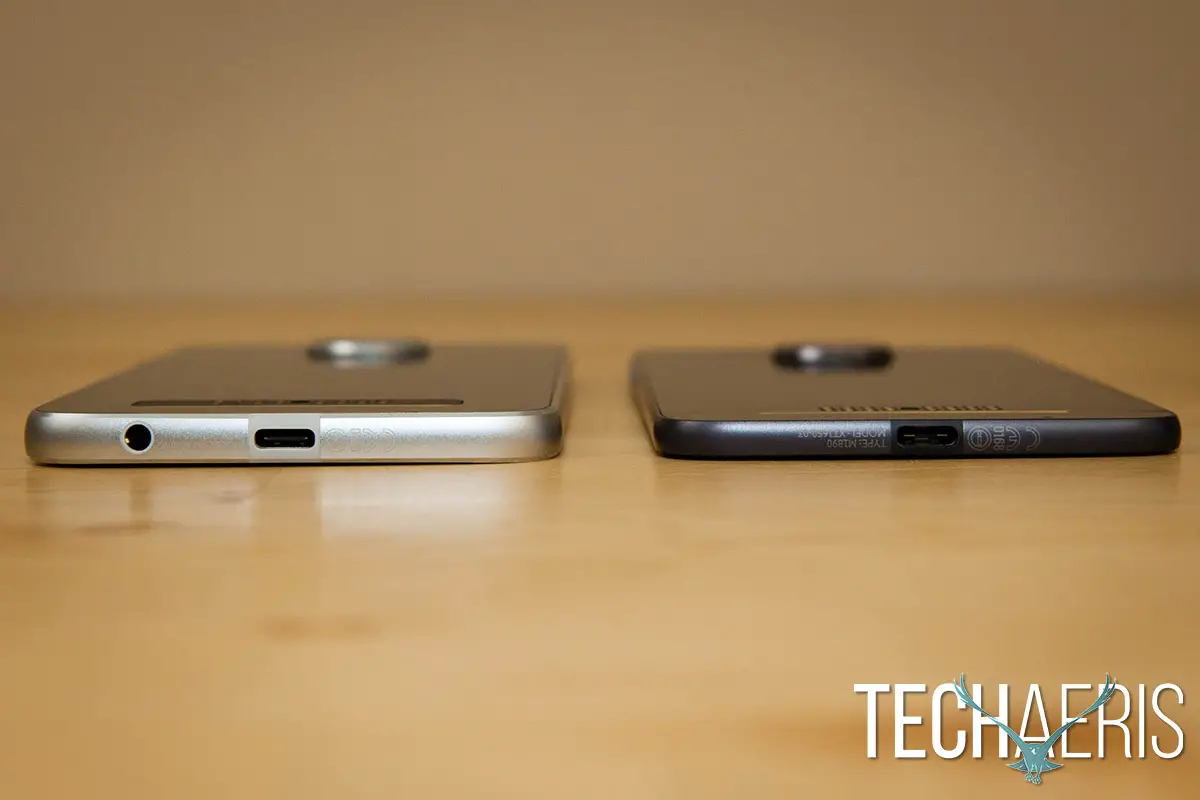
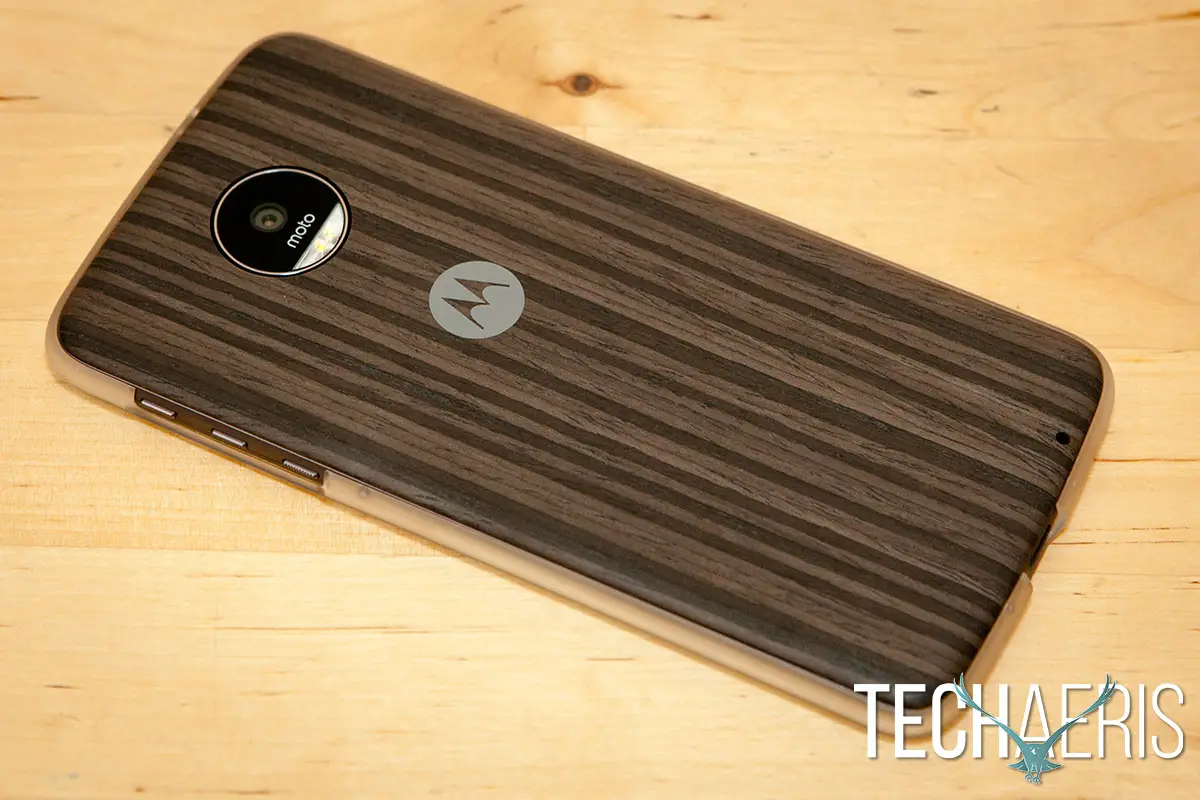
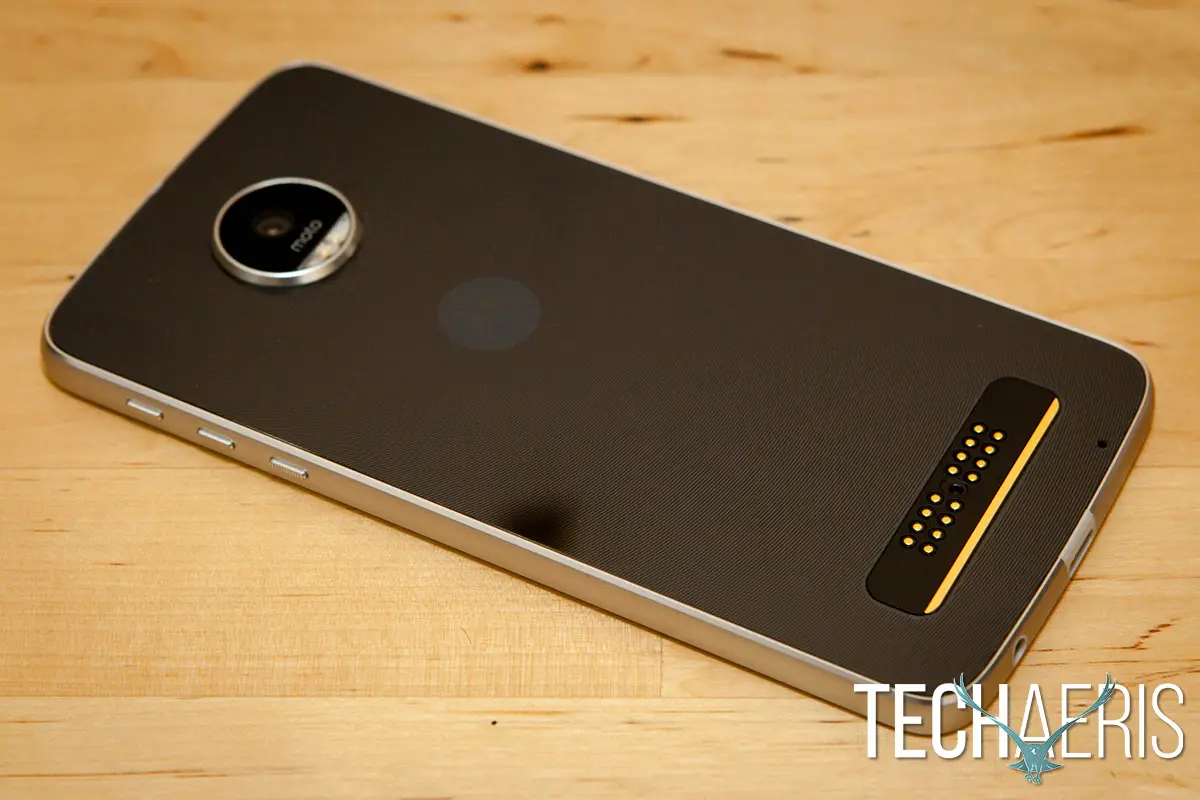
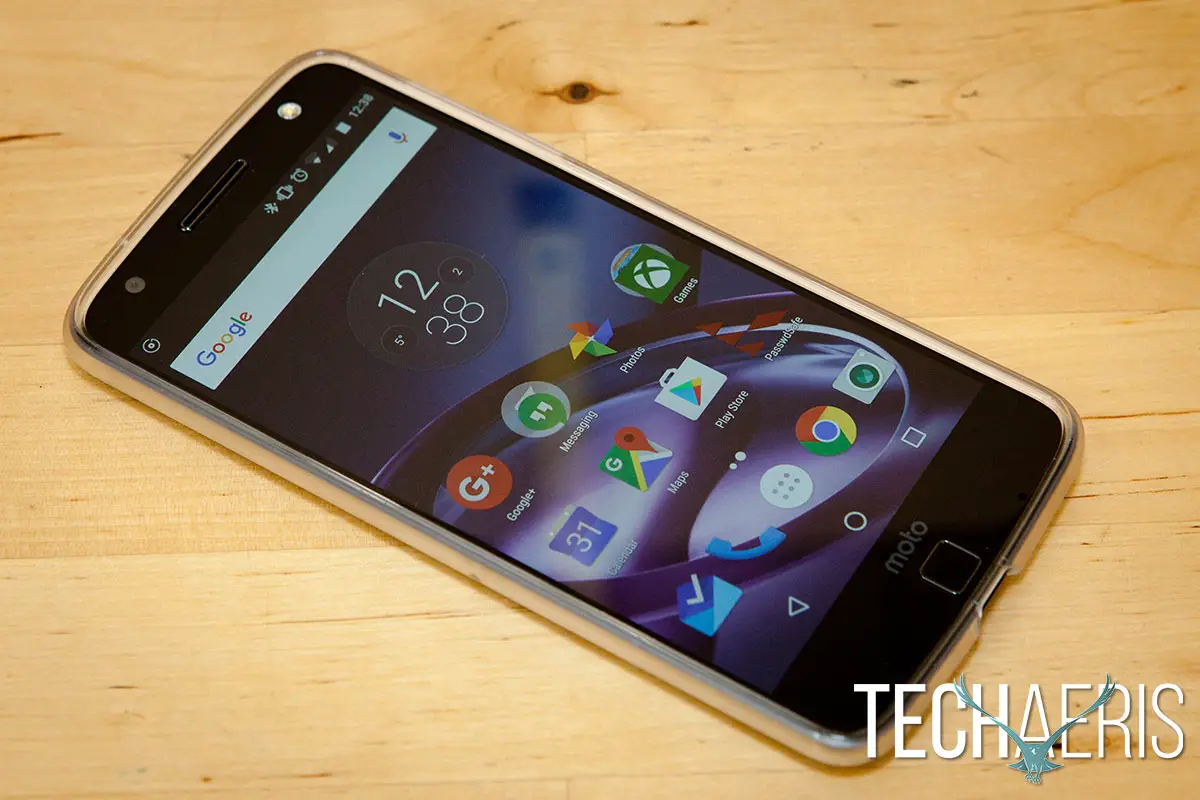
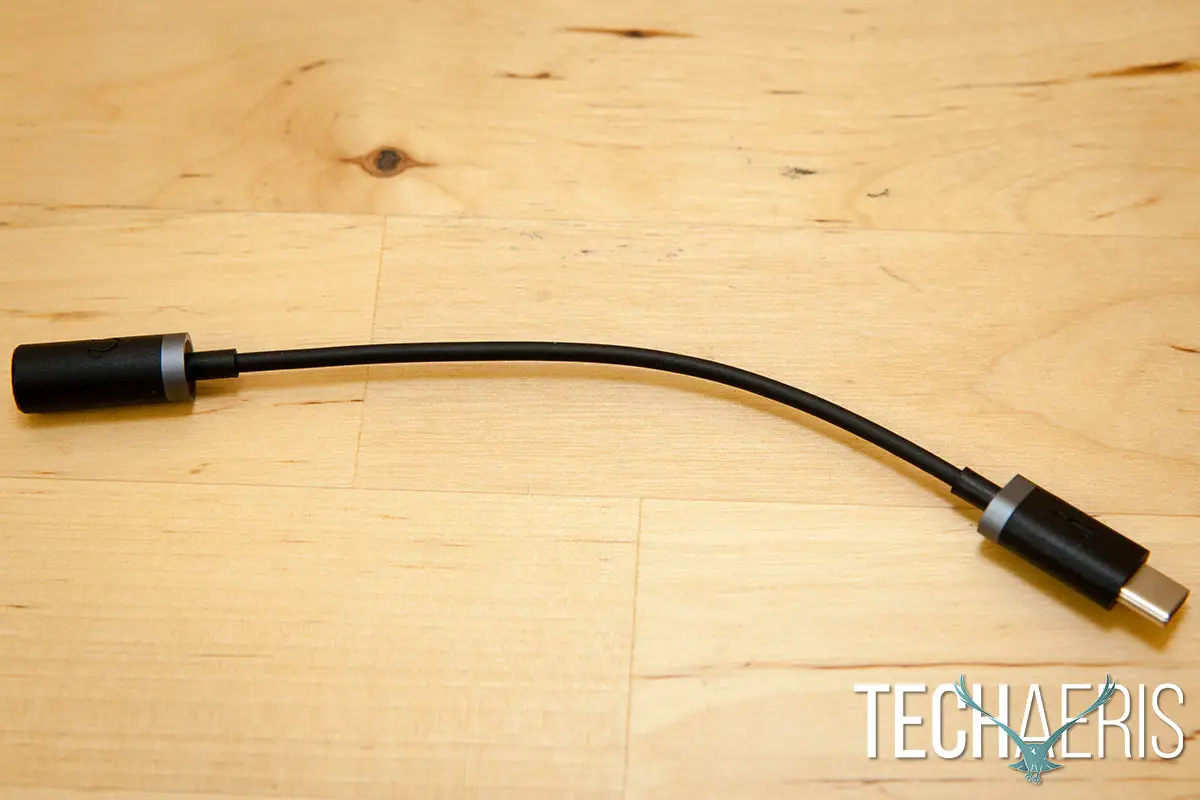
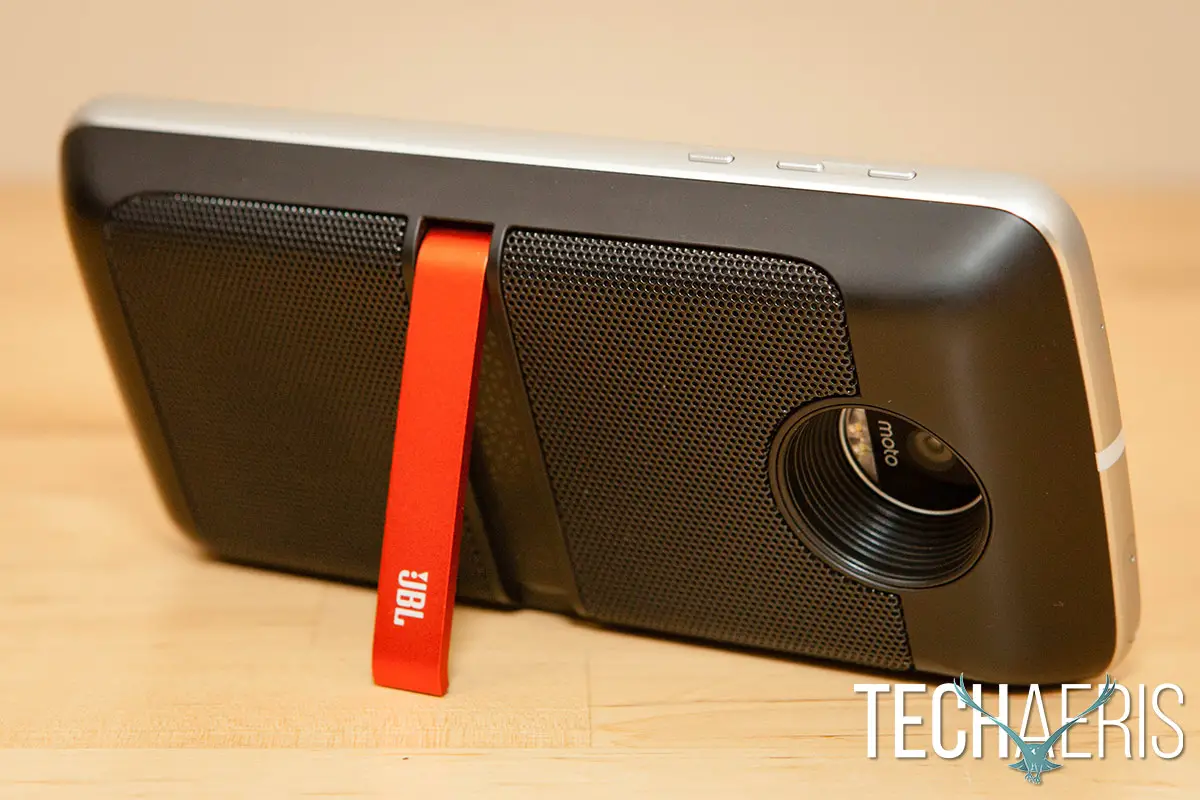
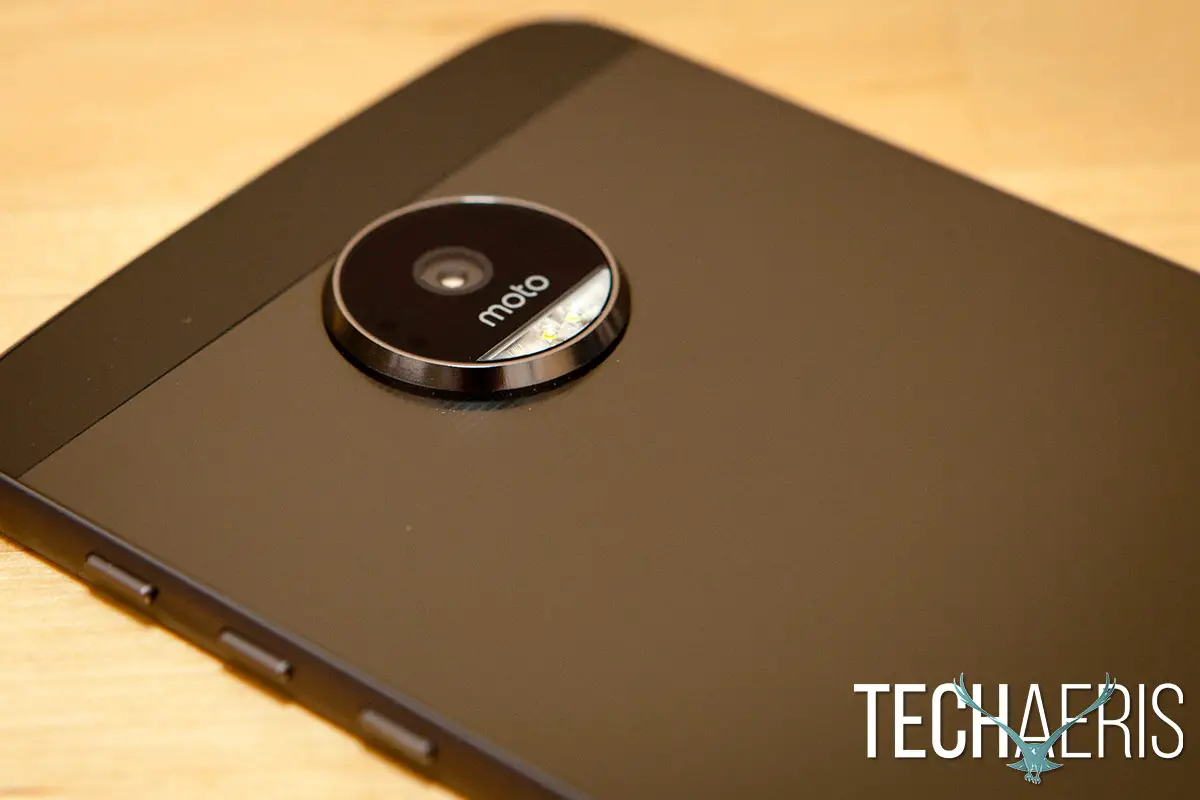
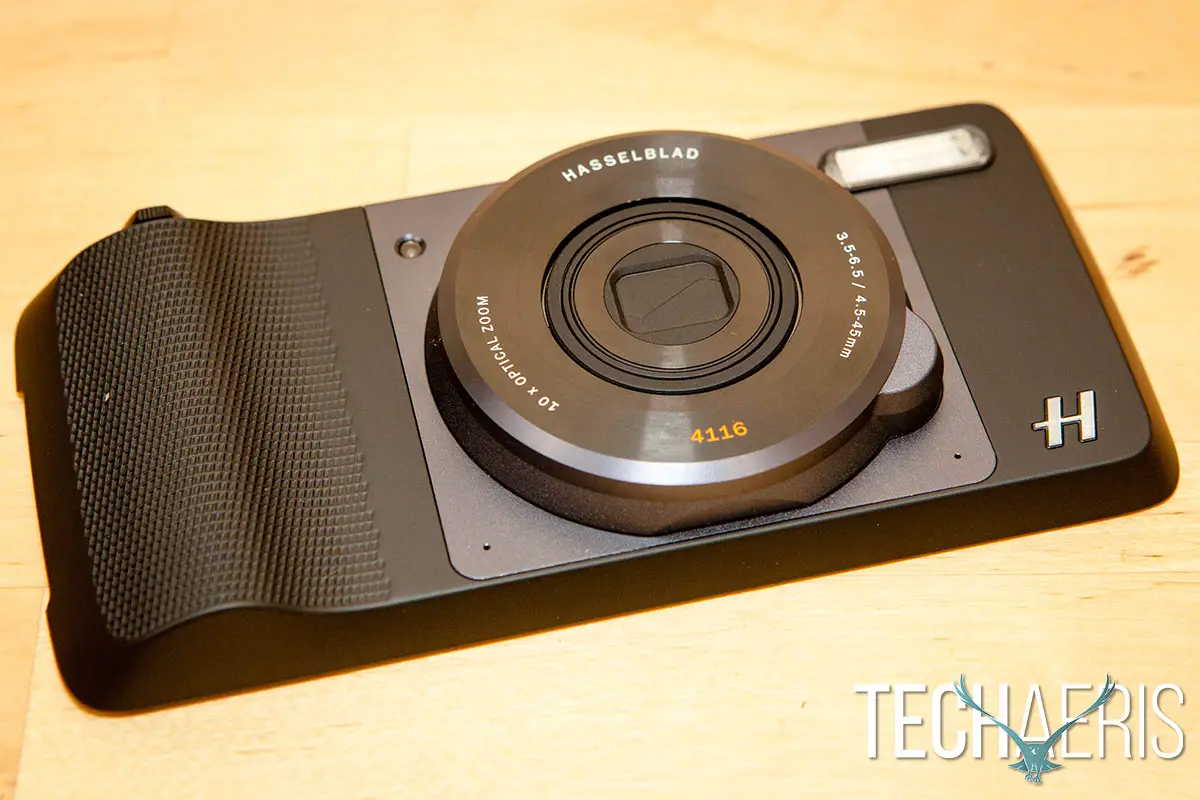




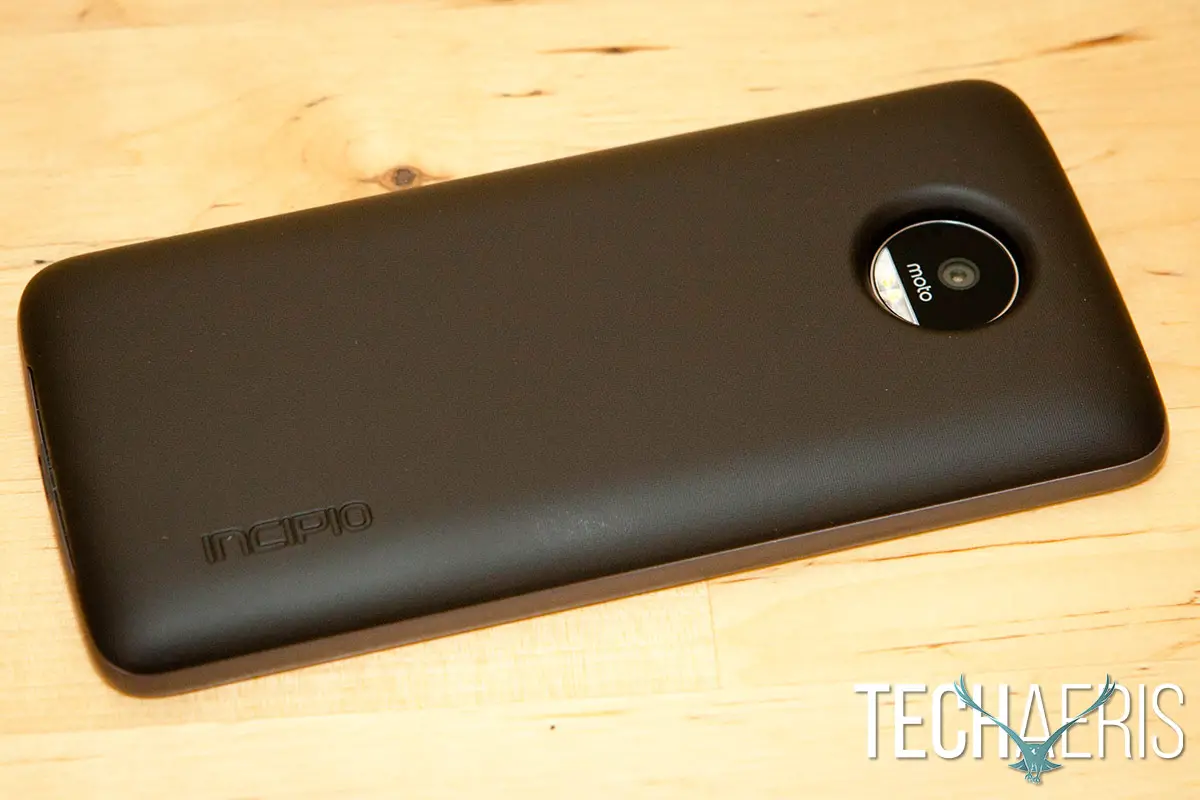
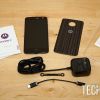








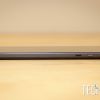

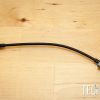
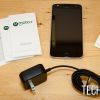

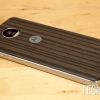

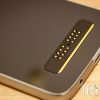
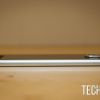



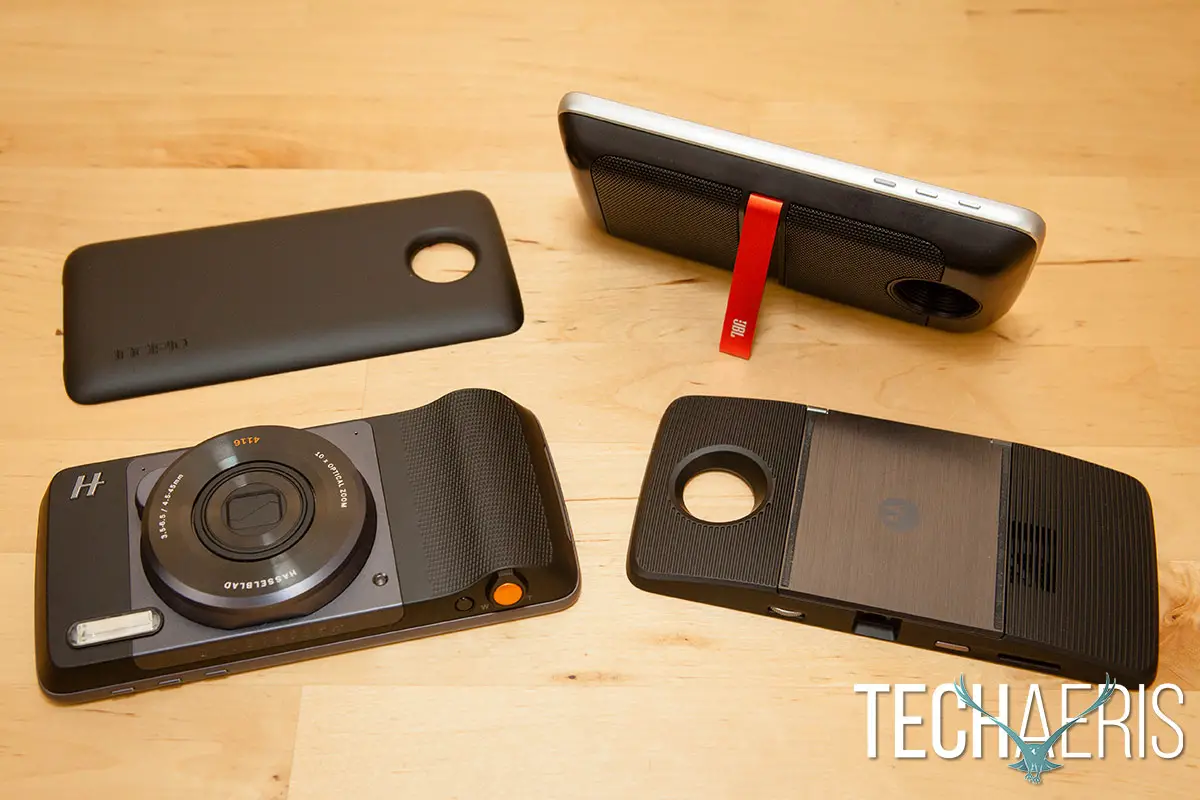
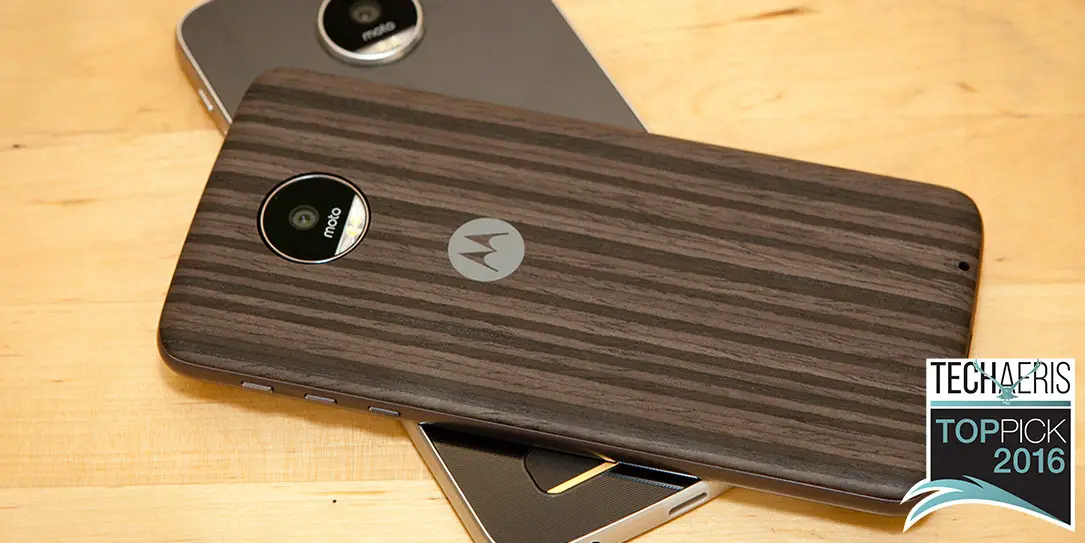
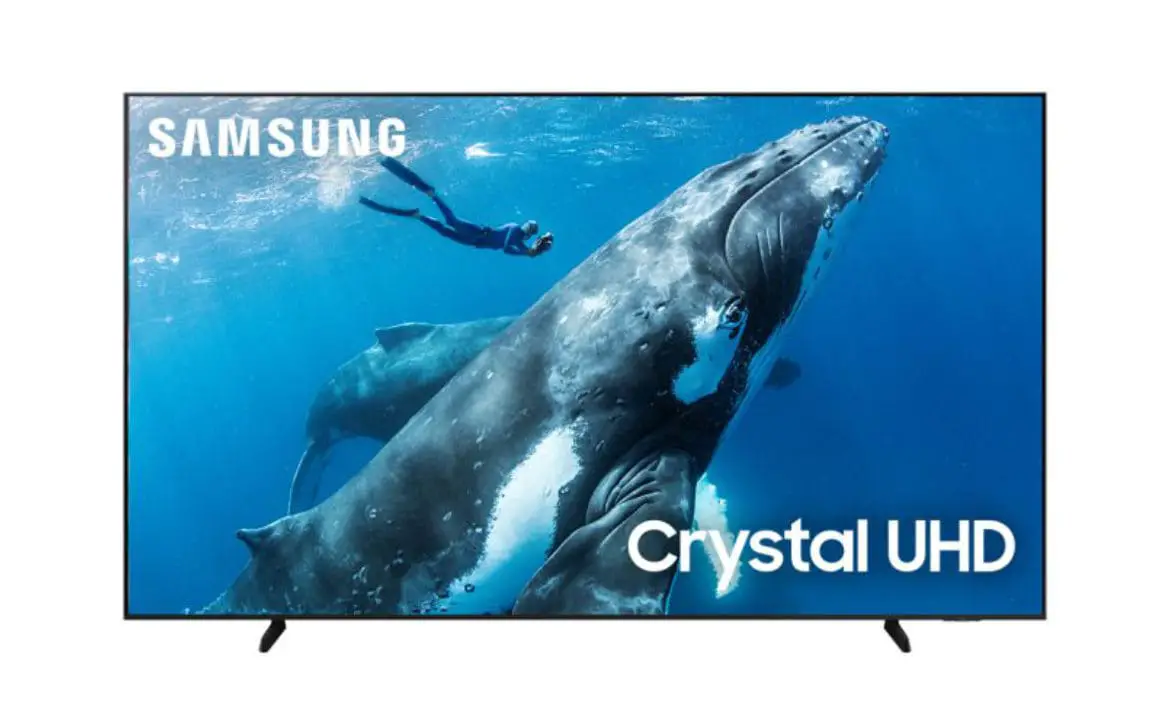
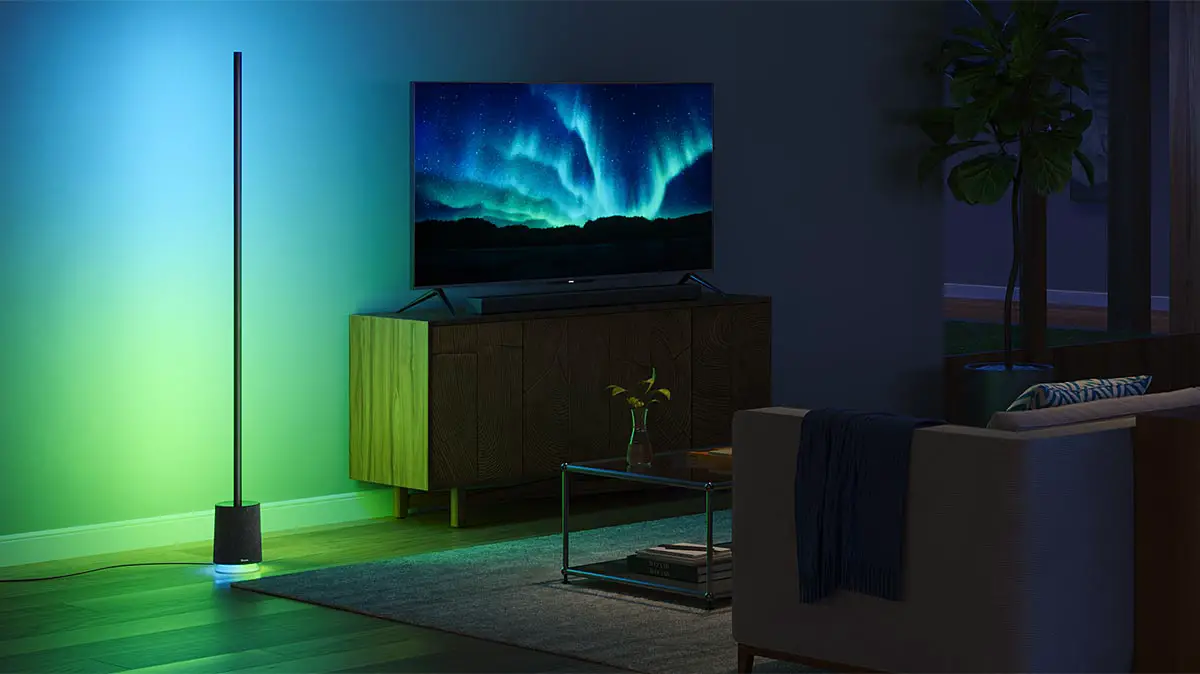


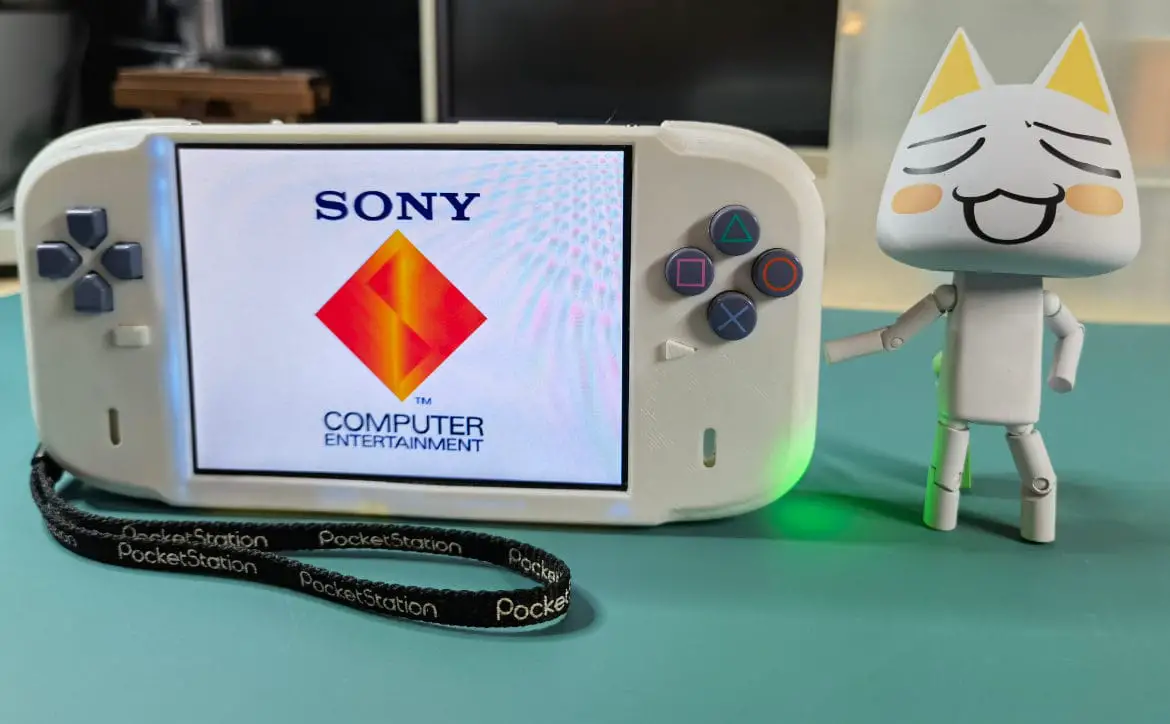
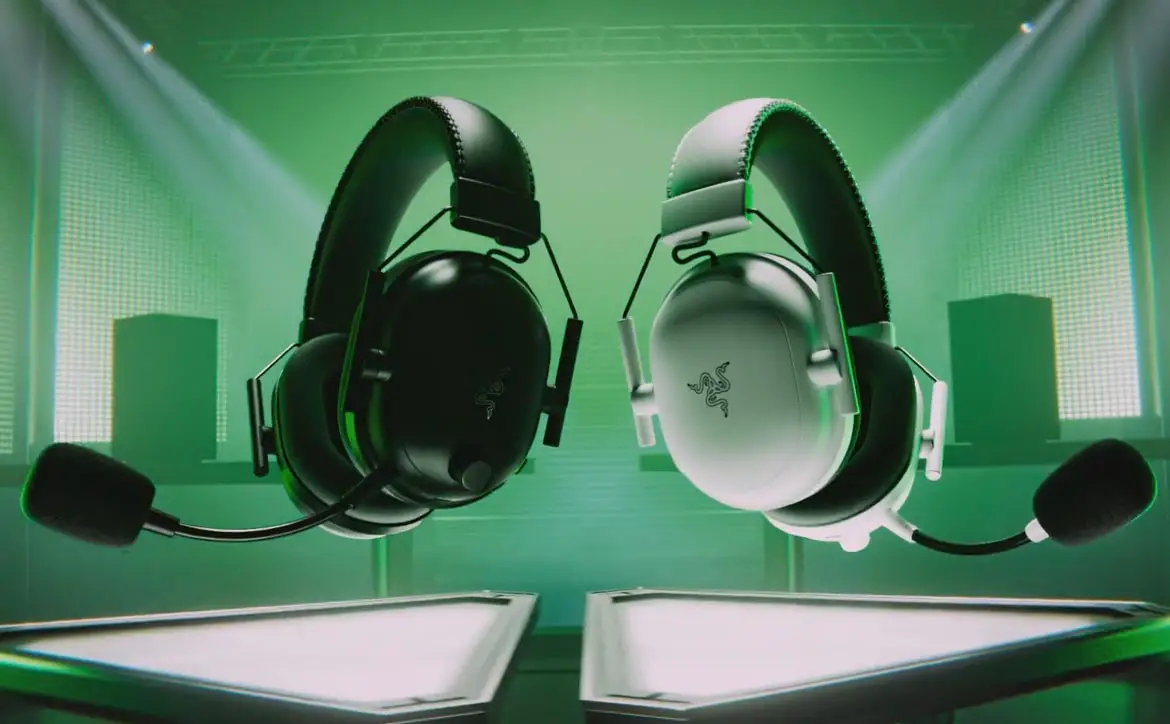
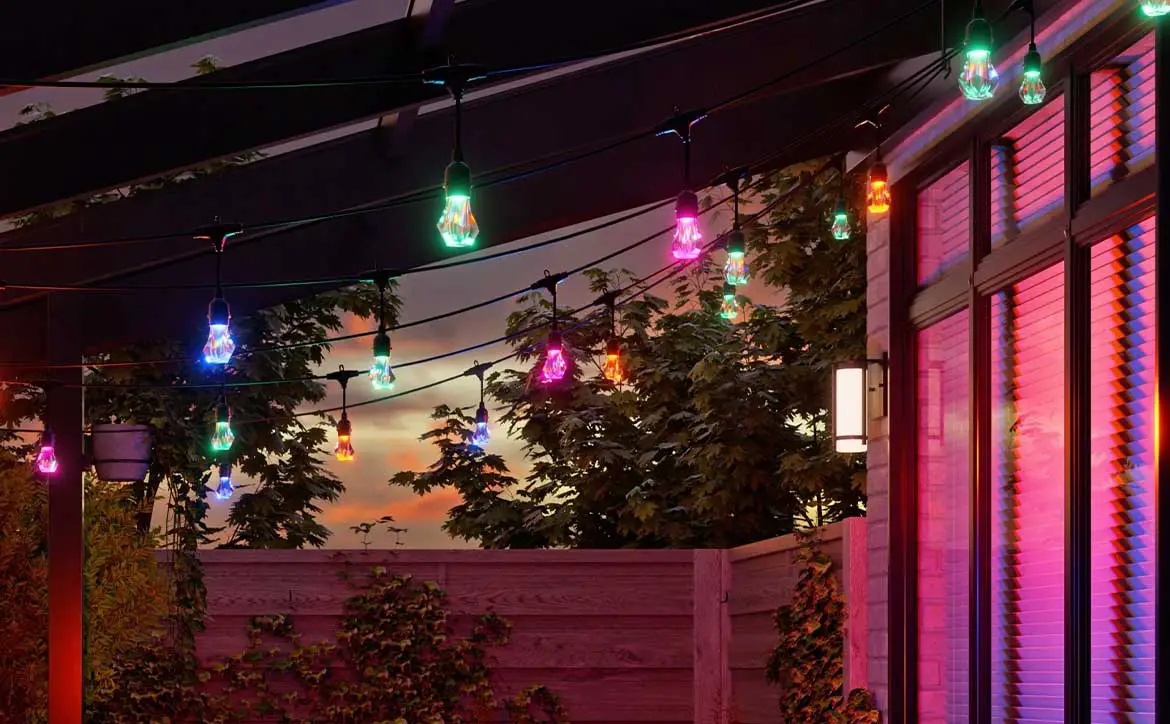

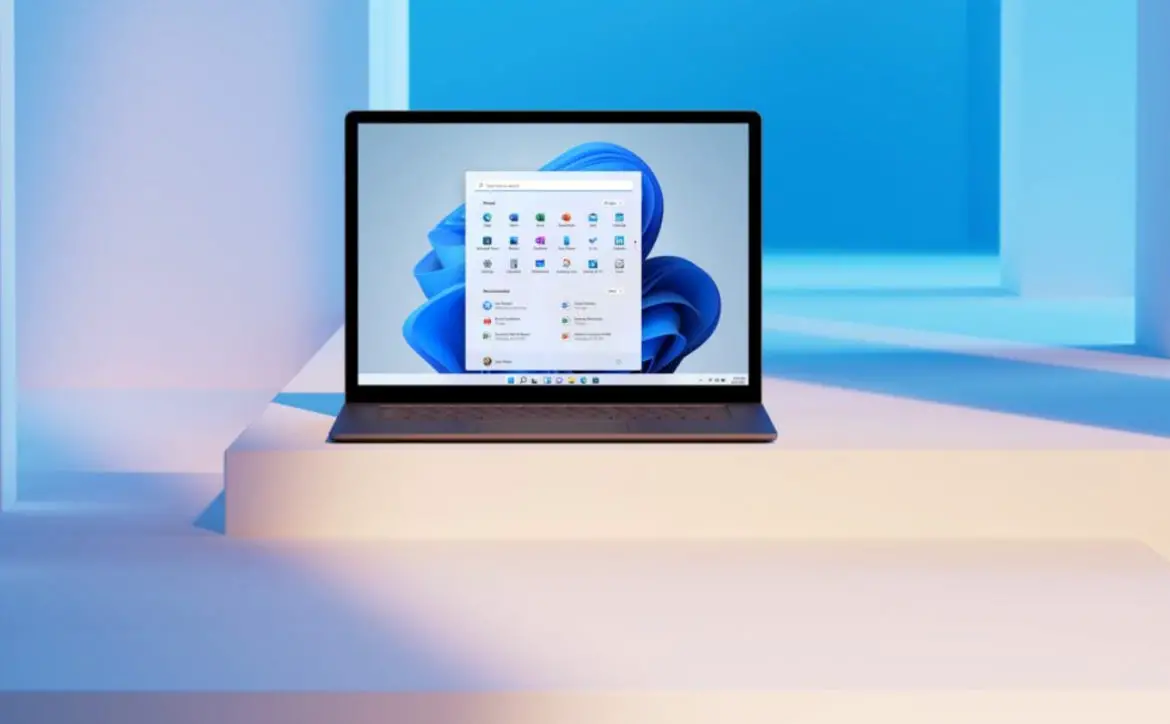
Comments are closed.